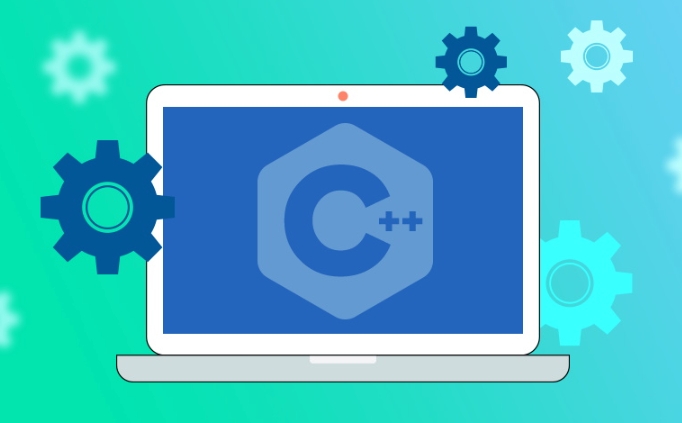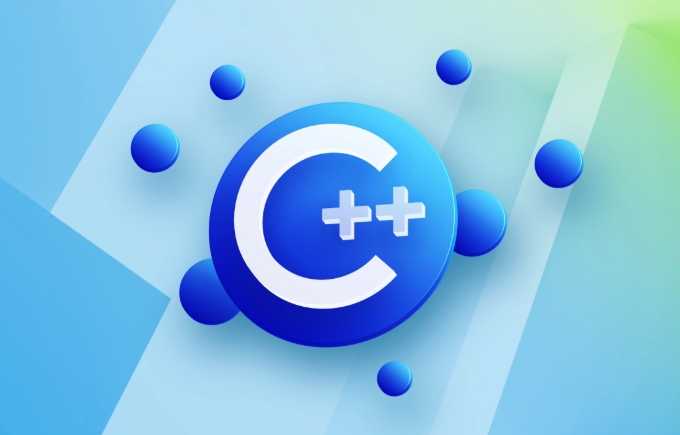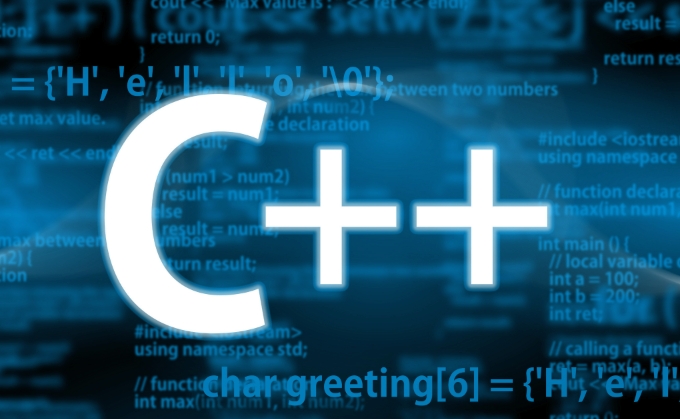A null pointer in C is a special value indicating that a pointer does not point to any valid memory location, and it is used to safely manage and check pointers before dereferencing. 1. Before C 11, 0 or NULL was used, but now nullptr is preferred for clarity and type safety. 2. Using null pointers helps avoid accessing invalid memory, improves code safety, and prevents undefined behavior from uninitialized pointers. 3. Common use cases include initializing pointers, checking before dereference, returning from functions on failure, and marking unused entries in data structures. 4. The keyword nullptr is a literal of type std::nullptr_t, making it more readable and less error-prone, especially in function overloading contexts.

A null pointer in C is a special value that indicates a pointer doesn't point to any valid memory location. It's essentially a way to say, "this pointer isn't pointing at anything right now." Before C 11, people often used 0 or NULL for this purpose, but now the preferred and more readable way is to use nullptr.

Why Null Pointers Matter
You'll often run into situations where you need to check if a pointer is valid before using it. Trying to access memory through a pointer that isn't set correctly can crash your program or cause unpredictable behavior. That’s why setting pointers to nullptr when they aren’t in use — and checking them before dereferencing — is a good habit.

- Helps avoid accessing invalid memory
- Makes code safer and easier to debug
- Prevents undefined behavior from uninitialized pointers
Using nullptr in Modern C
Since C 11, nullptr has been the standard way to represent a null pointer. It's not just a keyword; it's a literal of type std::nullptr_t, which makes it clearer in code and avoids confusion with the integer 0.
For example:

int* ptr = nullptr;
if (ptr) {
// This block won't run because ptr is null
}Compared to older styles like:
int* ptr = NULL; // Common before C 11, but less precise
or even worse:
int* ptr = 0; // Works, but looks like an integer assignment
Using nullptr improves readability and helps prevent bugs, especially with function overloading where types matter.
When and How to Use Null Pointers
There are several common scenarios where null pointers come in handy:
- Initialize pointers before you assign them a valid address.
- Check before dereferencing, like before using
*ptr, make sure it's not null. - Return values from functions that might fail to find or allocate memory.
- Mark removed or unused entries in data structures like linked lists or trees.
Here's a quick pattern you’ll see:
int* search(int arr[], int size, int target) {
for (int i = 0; i < size; i) {
if (arr[i] == target)
return &arr[i];
}
return nullptr; // Indicates not found
}And then later:
if (ptr != nullptr) {
std::cout << *ptr << std::endl;
} else {
std::cout << "Not found" << std::endl;
}It’s not complex, but it’s easy to overlook checking pointers — and that’s where problems start.
The above is the detailed content of What is a null pointer in C ?. For more information, please follow other related articles on the PHP Chinese website!

Hot AI Tools

Undress AI Tool
Undress images for free

Undresser.AI Undress
AI-powered app for creating realistic nude photos

AI Clothes Remover
Online AI tool for removing clothes from photos.

Clothoff.io
AI clothes remover

Video Face Swap
Swap faces in any video effortlessly with our completely free AI face swap tool!

Hot Article

Hot Tools

Notepad++7.3.1
Easy-to-use and free code editor

SublimeText3 Chinese version
Chinese version, very easy to use

Zend Studio 13.0.1
Powerful PHP integrated development environment

Dreamweaver CS6
Visual web development tools

SublimeText3 Mac version
God-level code editing software (SublimeText3)

Hot Topics
 C tutorial for people who know Python
Jul 01, 2025 am 01:11 AM
C tutorial for people who know Python
Jul 01, 2025 am 01:11 AM
People who study Python transfer to C The most direct confusion is: Why can't you write like Python? Because C, although the syntax is more complex, provides underlying control capabilities and performance advantages. 1. In terms of syntax structure, C uses curly braces {} instead of indentation to organize code blocks, and variable types must be explicitly declared; 2. In terms of type system and memory management, C does not have an automatic garbage collection mechanism, and needs to manually manage memory and pay attention to releasing resources. RAII technology can assist resource management; 3. In functions and class definitions, C needs to explicitly access modifiers, constructors and destructors, and supports advanced functions such as operator overloading; 4. In terms of standard libraries, STL provides powerful containers and algorithms, but needs to adapt to generic programming ideas; 5
 C Destructors: Practical Code Examples
Jun 22, 2025 am 12:16 AM
C Destructors: Practical Code Examples
Jun 22, 2025 am 12:16 AM
C destructorsarespecialmemberfunctionsthatautomaticallyreleaseresourceswhenanobjectgoesoutofscopeorisdeleted.1)Theyarecrucialformanagingmemory,filehandles,andnetworkconnections.2)Beginnersoftenneglectdefiningdestructorsfordynamicmemory,leadingtomemo
 What is the Standard Template Library (STL) in C ?
Jul 01, 2025 am 01:17 AM
What is the Standard Template Library (STL) in C ?
Jul 01, 2025 am 01:17 AM
C STL is a set of general template classes and functions, including core components such as containers, algorithms, and iterators. Containers such as vector, list, map, and set are used to store data. Vector supports random access, which is suitable for frequent reading; list insertion and deletion are efficient but accessed slowly; map and set are based on red and black trees, and automatic sorting is suitable for fast searches. Algorithms such as sort, find, copy, transform, and accumulate are commonly used to encapsulate them, and they act on the iterator range of the container. The iterator acts as a bridge connecting containers to algorithms, supporting traversal and accessing elements. Other components include function objects, adapters, allocators, which are used to customize logic, change behavior, and memory management. STL simplifies C
 How to use cin and cout for input/output in C ?
Jul 02, 2025 am 01:10 AM
How to use cin and cout for input/output in C ?
Jul 02, 2025 am 01:10 AM
In C, cin and cout are used for console input and output. 1. Use cout to read the input, pay attention to type matching problems, and stop encountering spaces; 3. Use getline(cin, str) when reading strings containing spaces; 4. When using cin and getline, you need to clean the remaining characters in the buffer; 5. When entering incorrectly, you need to call cin.clear() and cin.ignore() to deal with exception status. Master these key points and write stable console programs.
 What is inheritance in C ?
Jul 01, 2025 am 01:15 AM
What is inheritance in C ?
Jul 01, 2025 am 01:15 AM
InheritanceinC allowsaderivedclasstoinheritpropertiesandbehaviorsfromabaseclasstopromotecodereuseandreduceduplication.Forexample,classeslikeEnemyandPlayercaninheritsharedfunctionalitysuchashealthandmovementfromabaseCharacterclass.C supportssingle,m
 What is function hiding in C ?
Jul 05, 2025 am 01:44 AM
What is function hiding in C ?
Jul 05, 2025 am 01:44 AM
FunctionhidinginC occurswhenaderivedclassdefinesafunctionwiththesamenameasabaseclassfunction,makingthebaseversioninaccessiblethroughthederivedclass.Thishappenswhenthebasefunctionisn’tvirtualorsignaturesdon’tmatchforoverriding,andnousingdeclarationis
 What is the volatile keyword in C ?
Jul 04, 2025 am 01:09 AM
What is the volatile keyword in C ?
Jul 04, 2025 am 01:09 AM
volatile tells the compiler that the value of the variable may change at any time, preventing the compiler from optimizing access. 1. Used for hardware registers, signal handlers, or shared variables between threads (but modern C recommends std::atomic). 2. Each access is directly read and write memory instead of cached to registers. 3. It does not provide atomicity or thread safety, and only ensures that the compiler does not optimize read and write. 4. Constantly, the two are sometimes used in combination to represent read-only but externally modifyable variables. 5. It cannot replace mutexes or atomic operations, and excessive use will affect performance.
 How to get a stack trace in C ?
Jul 07, 2025 am 01:41 AM
How to get a stack trace in C ?
Jul 07, 2025 am 01:41 AM
There are mainly the following methods to obtain stack traces in C: 1. Use backtrace and backtrace_symbols functions on Linux platform. By including obtaining the call stack and printing symbol information, the -rdynamic parameter needs to be added when compiling; 2. Use CaptureStackBackTrace function on Windows platform, and you need to link DbgHelp.lib and rely on PDB file to parse the function name; 3. Use third-party libraries such as GoogleBreakpad or Boost.Stacktrace to cross-platform and simplify stack capture operations; 4. In exception handling, combine the above methods to automatically output stack information in catch blocks






